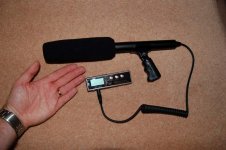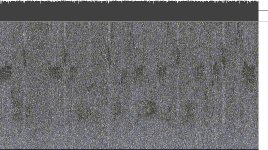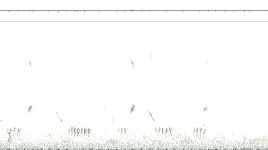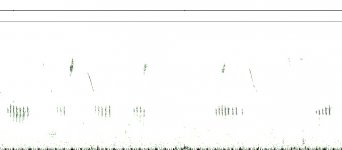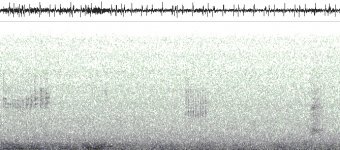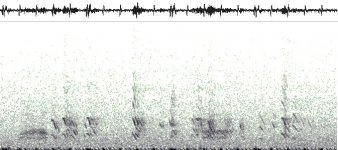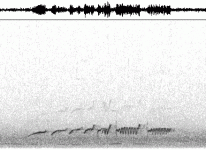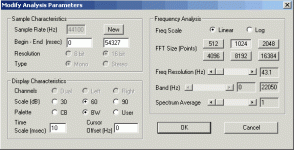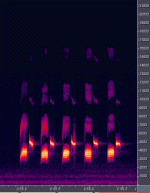Capercaillie71
Well-known member
I have always considered sound recording and sonograms to be the expensive preserve of a technically-minded few. However, as a result of reading other threads on birdforum (particularly this one - http://www.birdforum.net/showthread.php?t=65692) I have become interested in the use of these techniques for bird identification, and in particular for the identification of the different types / species / subspecies of crossbill.
I thought it might be of help to others starting out in this field to share my experiences as an absolute beginner, trying to find a way of sound ID without breaking the bank. Hopefully, more knowledgeable people may also be able to provide me with advice as I proceed.
I should state at the outset that I am not looking to produce high quality sound, just usable recordings. I am trying to do this on a budget, because a) I have limited time available to spend in the field so an expensive set-up could not be justified in terms of the likely outputs and b) if I (with my total lack of experience) can get a cheap set-up to work it might encourage others to take up the challenge and add to our knowledge of crossbills and other species.
I thought it might be of help to others starting out in this field to share my experiences as an absolute beginner, trying to find a way of sound ID without breaking the bank. Hopefully, more knowledgeable people may also be able to provide me with advice as I proceed.
I should state at the outset that I am not looking to produce high quality sound, just usable recordings. I am trying to do this on a budget, because a) I have limited time available to spend in the field so an expensive set-up could not be justified in terms of the likely outputs and b) if I (with my total lack of experience) can get a cheap set-up to work it might encourage others to take up the challenge and add to our knowledge of crossbills and other species.




